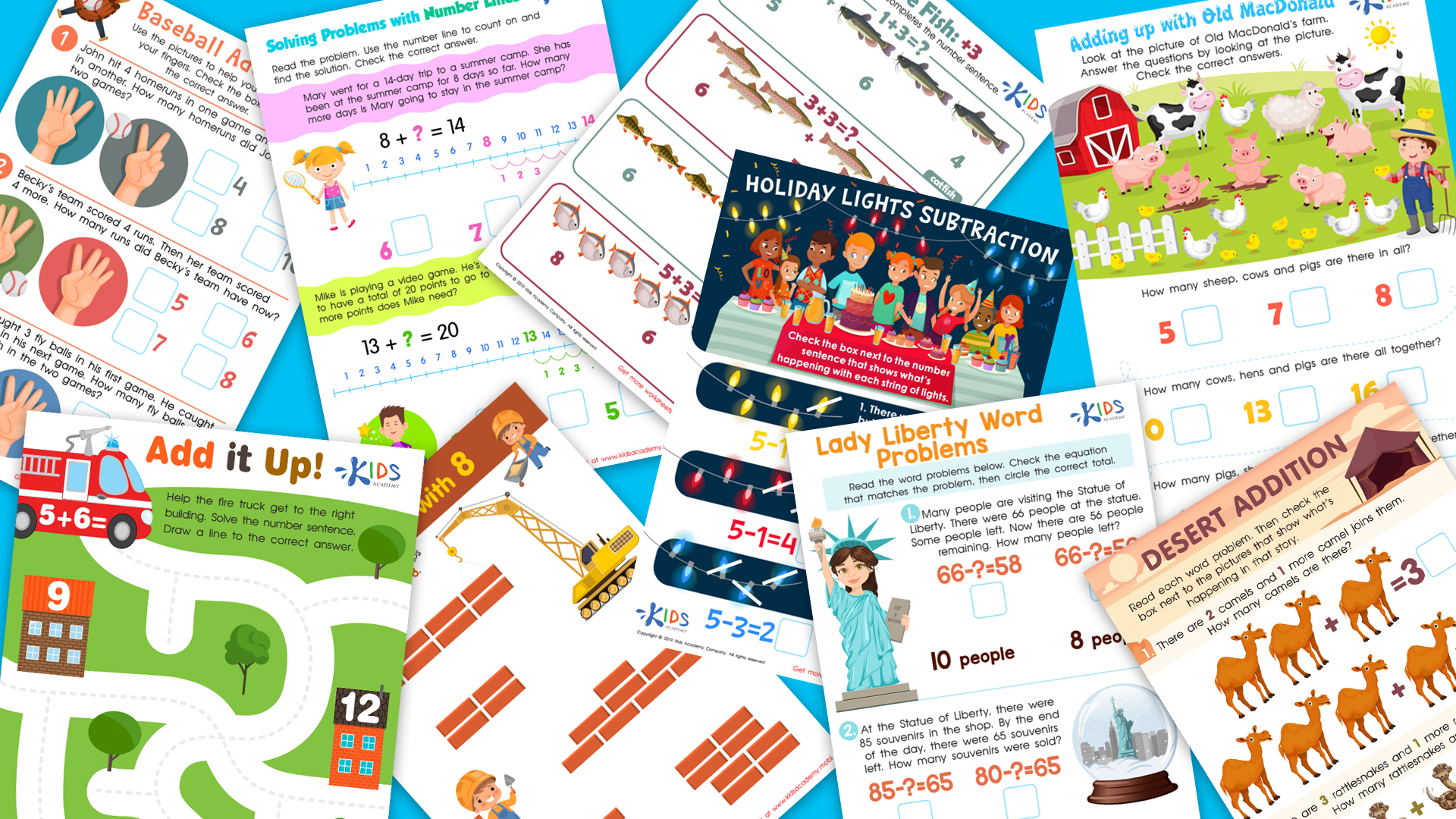Visual interpretation Normal Reading Comprehension Worksheets for Ages 4-9
5 filtered results
-
From - To
Discover our engaging "Visual Interpretation Normal Reading Comprehension Worksheets" designed for children aged 4 to 9. These worksheets foster essential reading skills by incorporating vivid illustrations and diagrams that enhance comprehension. Young learners will enjoy exploring colorful visuals while answering questions that stimulate critical thinking and analysis. Our thoughtfully curated activities encourage early readers to interpret images, improving their ability to connect text and visuals. Suitable for home or classroom use, these worksheets aim to build solid foundational skills in a fun and interactive way, ensuring that reading becomes an enjoyable adventure for every child. Start your child’s journey to comprehension success today!
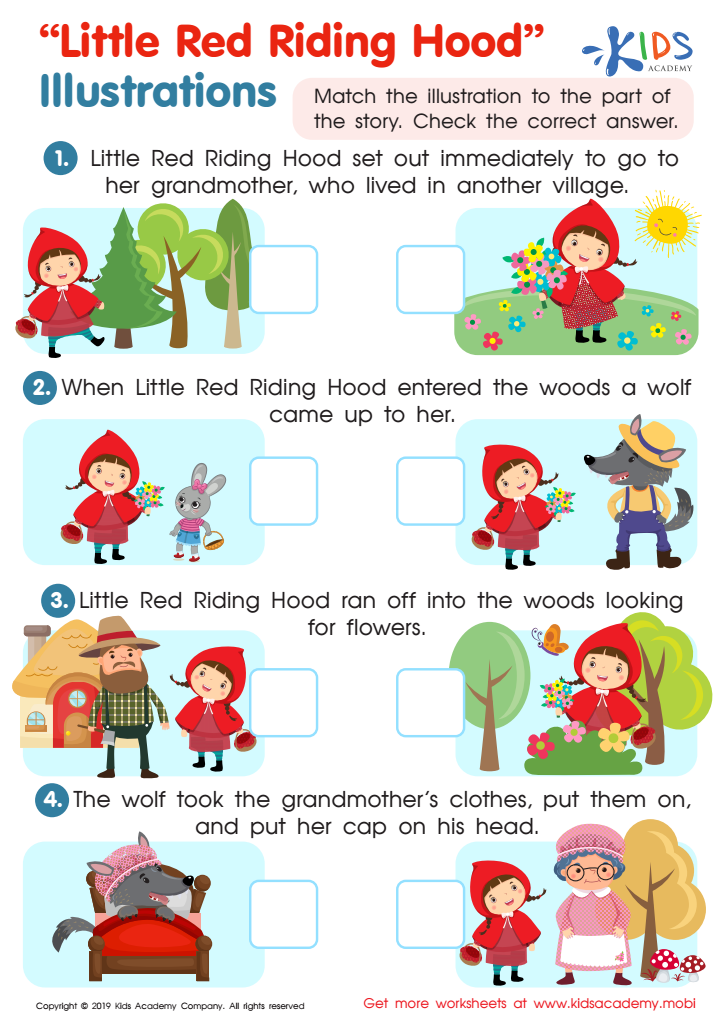

Little Red Riding Hood: Illustrations Worksheet
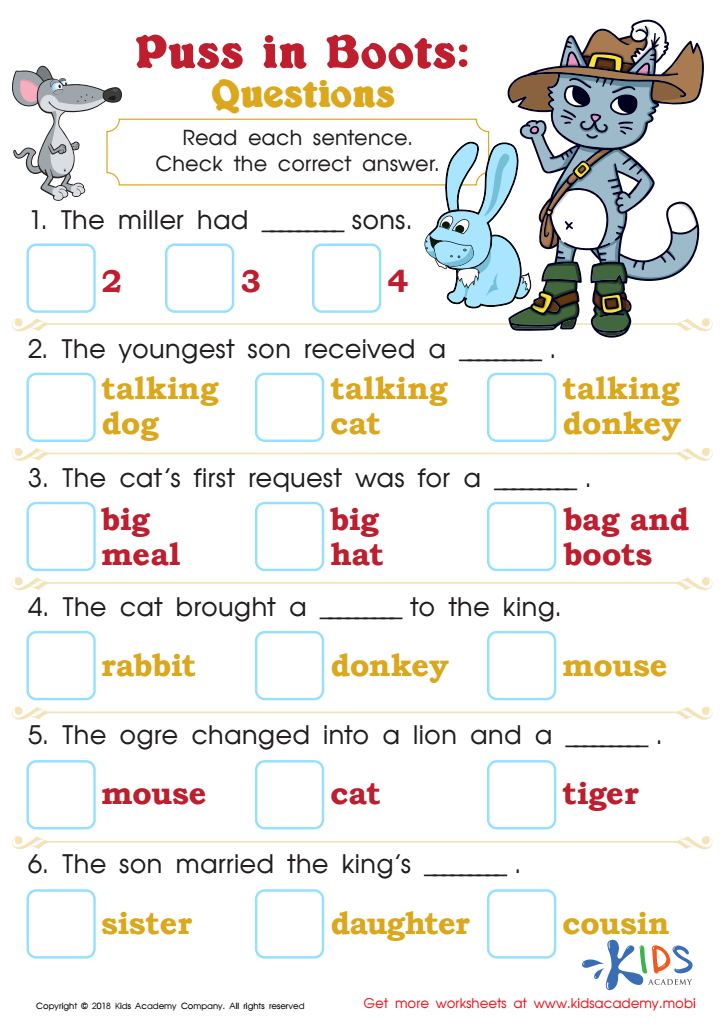

Puss in Boots: Questions Worksheet
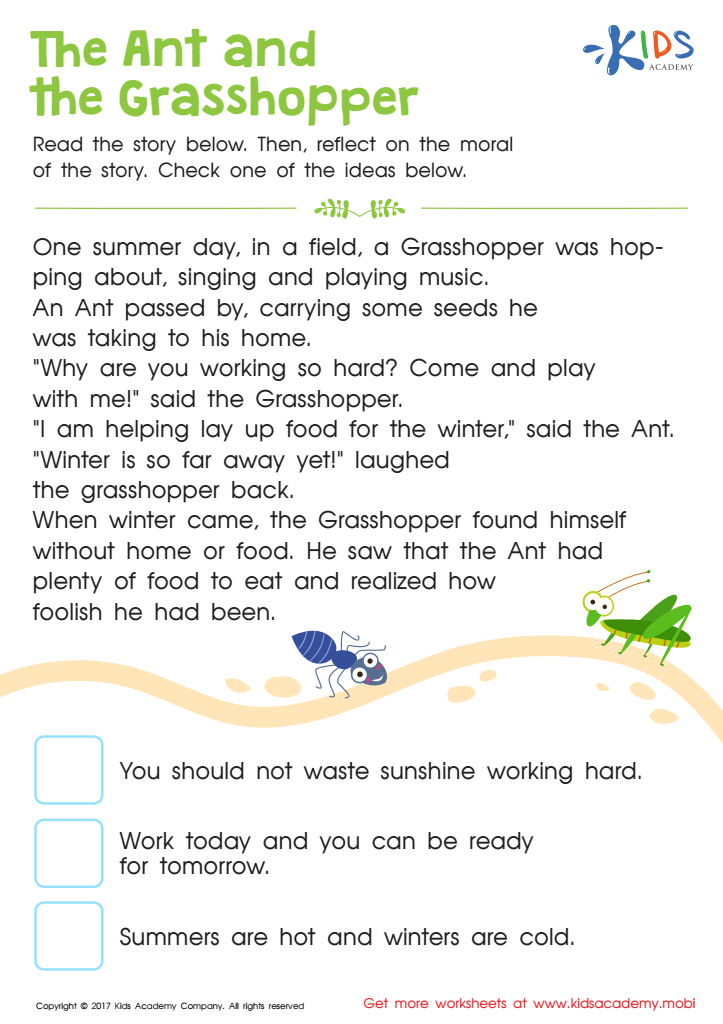

The Ant and The Grasshopper Printable
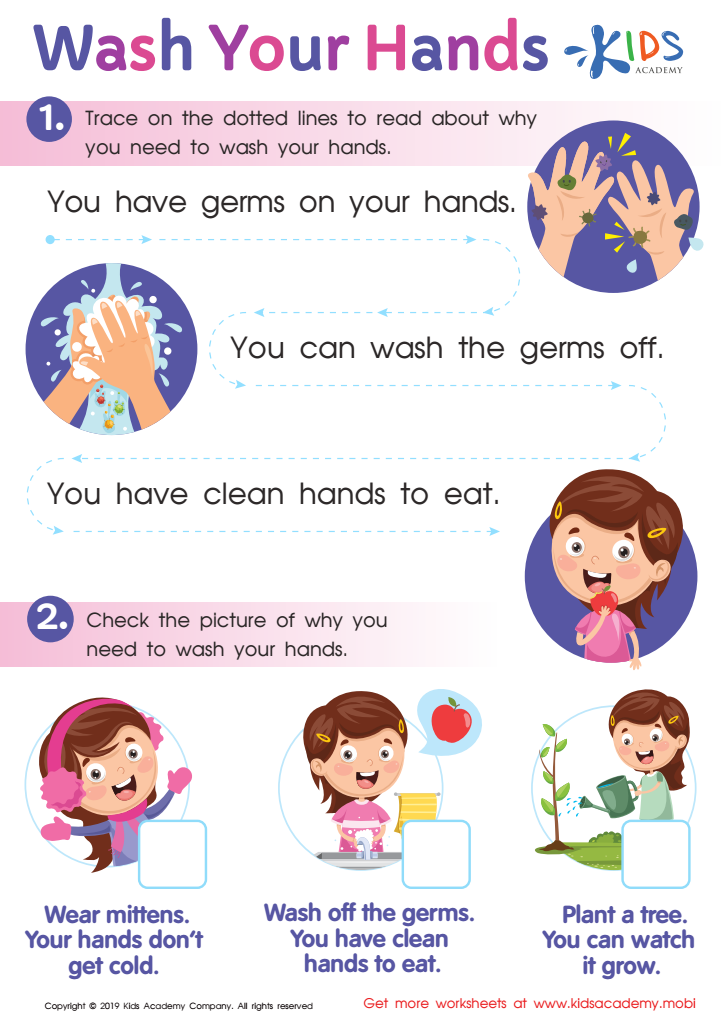

Wash Your Hands Worksheet
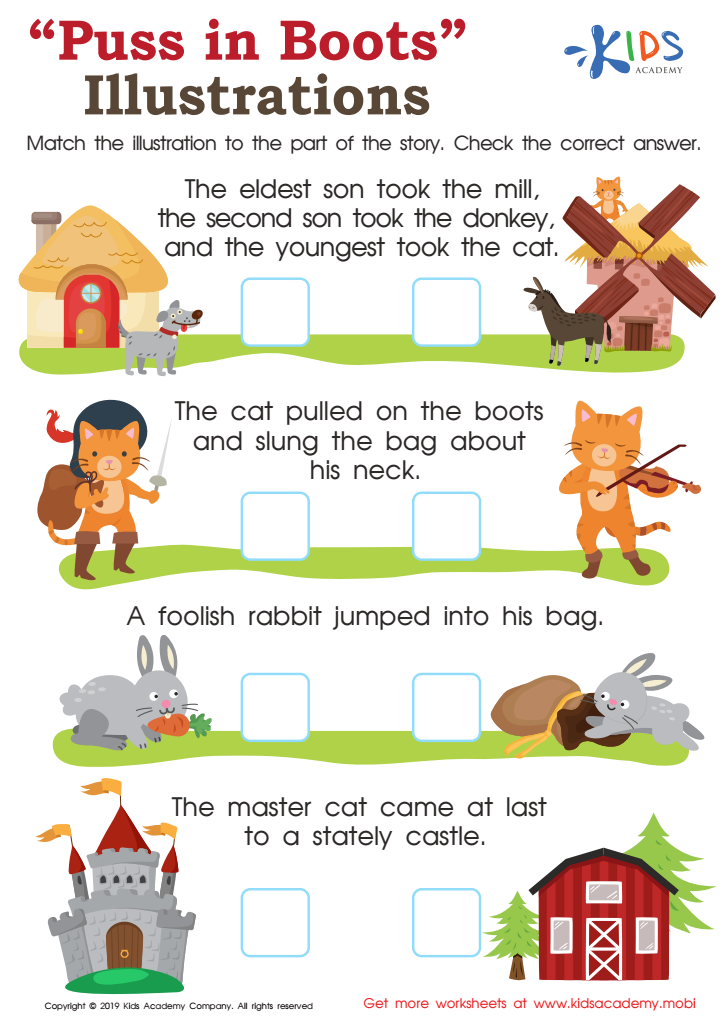

Puss in Boots Illustrations Worksheet
Visual interpretation plays a crucial role in the reading comprehension of children aged 4-9, as it combines both visual literacy and narrative understanding. During these formative years, children begin to make sense of stories not just through text, but also through pictures, diagrams, and other visual aids. Effective visual interpretation enables them to decode complex information, relate illustrations to text, and enhance their overall understanding of the material.
Parents and teachers should care about this skill because it lays the groundwork for future academic success. Children who can visually interpret information early on tend to develop stronger analytical skills, which are essential for critical thinking and problem-solving. Furthermore, as many children's books use illustrations to convey emotions and actions, teaching young learners how to interpret these visuals helps them grasp deeper meanings and enriches their storytelling experiences.
In addition, fostering visual interpretation can enhance engagement and excitement around reading. When children learn to navigate visual cues, they are more likely to enjoy literacy activities and develop a lifelong love for reading. Ultimately, integrating visual interpretation into learning encourages holistic development, making it vital for parents and teachers to prioritize this skill in early education.
 Assign to My Students
Assign to My Students






